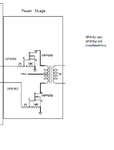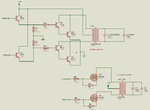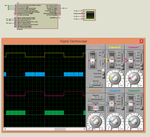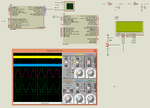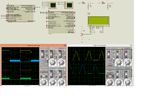Okada
Banned
I am designing a Sine Wave Inverter using PIC16F1936. I have generated two signals with are complementary and I am getting Sine Wave from the two signals after RC filter in Proteus. Now I want to design the Power stage.
Can I design a power stage without output transformer that is using just MOSFETS ?
If yes, Should I use H-Bridge Topology ?
If not, then for a 5 or 5.25 KW Inverter what should be the transformer rating that is primary and secondary side V and I ratings.
Till now I have not checked other Inverter Circuits. I am new to Inverter circuit designing. I have only seen some PWM based (non SPWM) based inverters and they use power transistors or mosfets in parral to obtain required power in the output stage and also they use transformer.
Can I design a power stage without output transformer that is using just MOSFETS ?
If yes, Should I use H-Bridge Topology ?
If not, then for a 5 or 5.25 KW Inverter what should be the transformer rating that is primary and secondary side V and I ratings.
Till now I have not checked other Inverter Circuits. I am new to Inverter circuit designing. I have only seen some PWM based (non SPWM) based inverters and they use power transistors or mosfets in parral to obtain required power in the output stage and also they use transformer.
